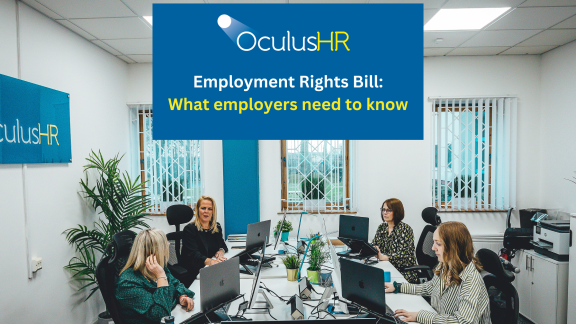Apprenticeships are a fantastic way for businesses to bring in new talent, develop skills, and build future leaders. In England alone, there were 284,190 apprenticeship starts in 2024/25, a 2% increase on the previous year.
With numbers rising, and September traditionally one of the busiest months for new apprenticeship starts, it’s vital that employers understand what an apprenticeship agreement is, why it matters, and how it differs from a standard employment contract.
What is an apprenticeship agreement?
An apprenticeship agreement is a formal, legally binding document between the employer and the apprentice. It sets out the terms and conditions of the apprenticeship and confirms that the arrangement meets the statutory requirements under the Apprenticeships, Skills, Children and Learning Act 2009.
The agreement must include:
– The skill, trade, or occupation the apprentice is being trained for
– The name of the apprenticeship framework or standard
– The start and expected end dates
– The amount of training the apprentice will receive
– The working conditions, pay, and hours
– Details on how and when the apprenticeship could end, known as the termination clause
– Any additional obligations, such as the apprentice’s commitment to attend training, complete coursework, or uphold workplace standards
Without this document, the apprenticeship may not be officially recognised, and the employer may not be able to access apprenticeship funding.
Once signed, the agreement becomes the apprenticeship contract and may be reviewed and updated if circumstances change.
How is it different from a standard employment contract?
While apprenticeship agreements are similar to employment contracts in many respects (hours, pay, responsibilities), there are key differences:
Purpose
An apprenticeship agreement focuses on training and development, not just employment. It must link directly to a recognised apprenticeship standard or framework.
Termination
Dismissing an apprentice is more complex than ending a standard employment contract. Without a properly drafted agreement, apprentices may be treated under common law, giving them stronger protection and making it harder for employers to end the contract early.
Funding link
Employers need a valid apprenticeship agreement in place to access government funding through the Apprenticeship Levy or other support schemes.
Payment
Employers are only able to pay the apprenticeship rate once the education element of the apprenticeship has officially begun. If the individual is recruited before this point, they must be paid at least the National Minimum Wage.
Commitment
The agreement can also outline the apprentice’s standards and expectations, including their responsibility to engage fully with training, complete coursework, and uphold the values of the business.
Why getting it right matters
Using the wrong type of contract, for example a standard employment contract instead of an apprenticeship agreement, can create problems. Apprentices under common law contracts often have stronger protections, meaning employers could be liable for the entire apprenticeship term if things don’t work out.
By ensuring the correct apprenticeship agreement is in place, employers can:
– Protect their business legally and financially
– Access government funding and training support
– Provide clarity for both the apprentice and the business
– Create a clear structure for training and progression
– Support transparency in their recruitment and retention processes
Taking on an apprentice can be a brilliant investment for your business, but it comes with responsibilities. Having the correct apprenticeship agreement in place is essential to ensure compliance, protect your business, and give your apprentice the best possible start.
If you’re hiring an apprentice and want to be confident your agreements are legally sound and fit for purpose, the team at Oculus HR is here to help.
We’ll guide you through every step so both you and your apprentice can get the best start.













